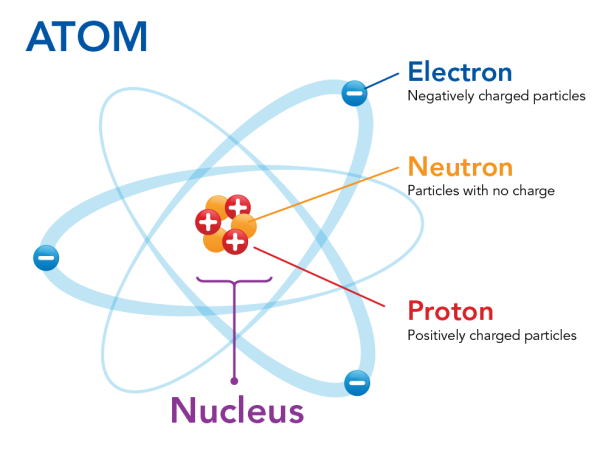Hello all, and welcome back to yet another lockdown post.
Today we will be looking at a bit of a strange phenomenon called...
The Magnus Effect.

Now, what exactly is the Magnus Effect?
The Magnus Effect, essentially, is a phenomenon in which when, let's say, someone throws a ball from a high altitude (straight down, of course). The air at the front of the ball moves exactly with the spin of the ball, which would be the blue arrow, and the air gets deflected back by the ball's spin. On the other hand, air on the other side of the ball is moving opposite to the ball's spin, so instead of getting deflected, it instead gets seperated from the spin. The net result is when the air that moves with the spin applies any amount of force, the other flow of air applies an equal amount of force in the opposite direction, effectively curving (or arcing) the ball. This creates the Magnus Effect.
The Magnus Effect works well when applied to sports, like soccer and tennis, in which arcing the ball properly can have great effect to advantage.
On the other hand, this seems like a relatively useless thing for engineering, but it actually does have its uses. Specifically, for boats:

You may be thinking to yourself, "What in all living hell is that?!"
This, my friends, is a rotor boat. Now, these elongated cylinders aren't chimneys, they are effectively sails. These are called rotors (or rotor sails), and they use the Magnus Effect and its fundamentals to propel the boat forward. This is great for a few reasons:
- Diesel use reduction.
- Less pollution.
- Ease of control from sheltered navigation stations.


